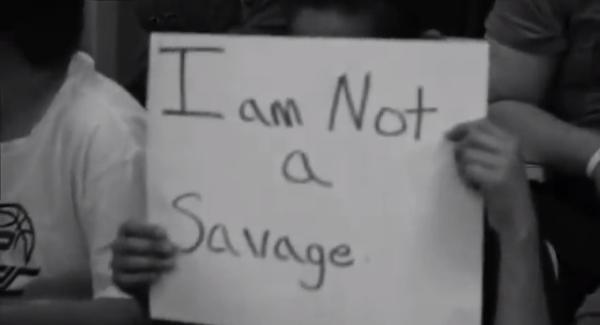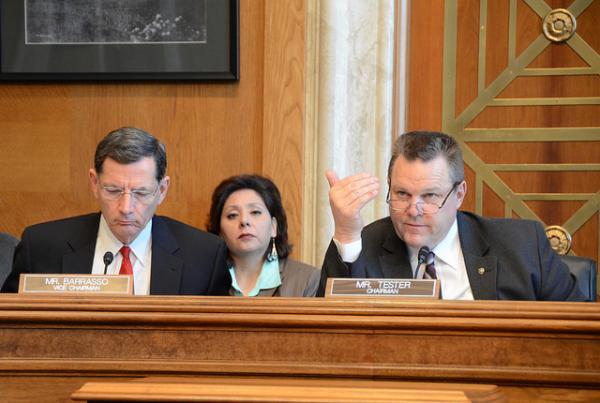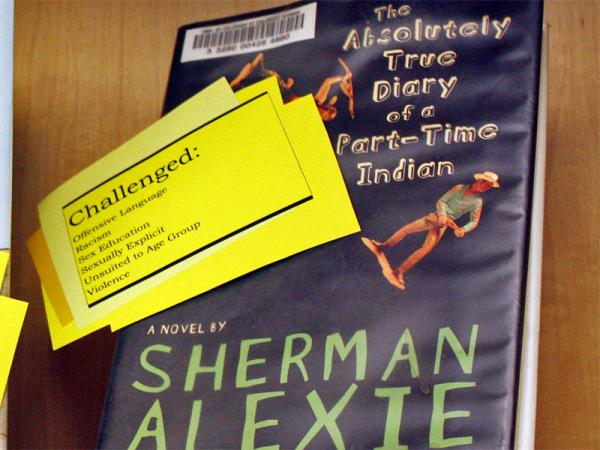By Steve Powell, Marysville Globe
MARYSVILLE – In an effort to improve state test scores, two local schools are concentrating on their ABC’s.
Not the alphabet; it’s not that simple. They are focusing on Academics, Behavior and Culture.
Quil Ceda and Tulalip elementary schools have been labeled a Required Action District because of lower-than-required state test scores. This new state RAD funding replaces extra federal funding the schools have received for three years.
“Three years is not enough time to turn around a school,” said Kristin DeWitte, who along with Anthony Craig are principals at the now-combined schools.
DeWitte said because these programs are fairly new, there is no book of directions.
“It’s like building an airplane while flying it,” she said.
She said some schools that didn’t make the grade have tried to “score bump” so they would look better on the state tests. She and Craig decided not to do that because it wouldn’t represent lasting change.
So, instead of focusing on the third- through sixth-graders who take the test, their schools started working with kindergarteners.
“That will be best in the long run,” she said.
DeWitte said the plan has worked, as their youngest students went from the bottom of the Marysville School District in scores to the top.
The change has come about because of targeted instruction. Individual plans are made for each student. Small groups are formed to give students the special instruction they need.
Craig said the systematic approach has benefitted the teachers, too.
“We have trouble retaining teachers,” he said, but the new teachers are excited about the direction.
“With the collaboration they feel valued and listened to,” he said. “There’s an openness to figure things out.”
Teachers work together on strategies and lessons and even watch each other teach.
“There’s no ‘my secret lesson.’ They all share,” DeWitte said.
Despite the extra funding, state scores are still down for the schools, except for science. But the true results of the effort will come when the former kindergarteners start taking the tests when they reach third grade.
Meanwhile, Marysville School District board members showed support for the schools at a recent meeting.
While Craig got choked up by the support from staff, the district president became downright upset.
“Institutional racism,” is what school district President Tom Albright called it.
Albright spoke out because only three other schools in the state have reached RAD status, and all are “historically underserved with students of color,” Craig said.
Albright said the state is singling the schools out in a negative way instead of taking responsibility for not helping them in the past.
Craig got emotional when he looked into the packed house at the board meeting May 19 and saw many of his teachers. He has been with the district since 1999 and is in his third year as principal.
I’ve always wanted a quality team out there, and “we have them now – top-notch teachers,” he said.
Assistant Superintendent Ray Houser said the two schools already are improving their test scores.
“This is all about the achievement gap,” he said. “We are just not quite closing the gap quickly enough.”
As a result of test scores, the district underwent an academic audit and wrote a school improvement plan.
Under RAD, it will get extra funding for three more years.
Craig said the district is focusing on academics, behavior and culture. He said leadership at all levels also is a priority.
“Everyone owns a piece of the success,” he said.
Craig said he wished there was a book he could get to find out how schools like his can improve, but “it’s something we don’t know yet.”
School board members applauded the effort.
“Maybe when we’re done we can write the book,” director Pete Lundberg said. “No one else is doing this work at this level. This is nothing short of heroic.”
Lundberg said the improvement plan values culture, teaches culture and values how decisions are made.
“It’s truly a community effort,” he said.
Member Chris Nation added: “Everyone took an active role and created an environment where all can excel. That’s not the way it used to be.”
Nation said just looking at the test scores can make a school look bad.
“But this is far beyond what other schools have done,” Nation said.




















